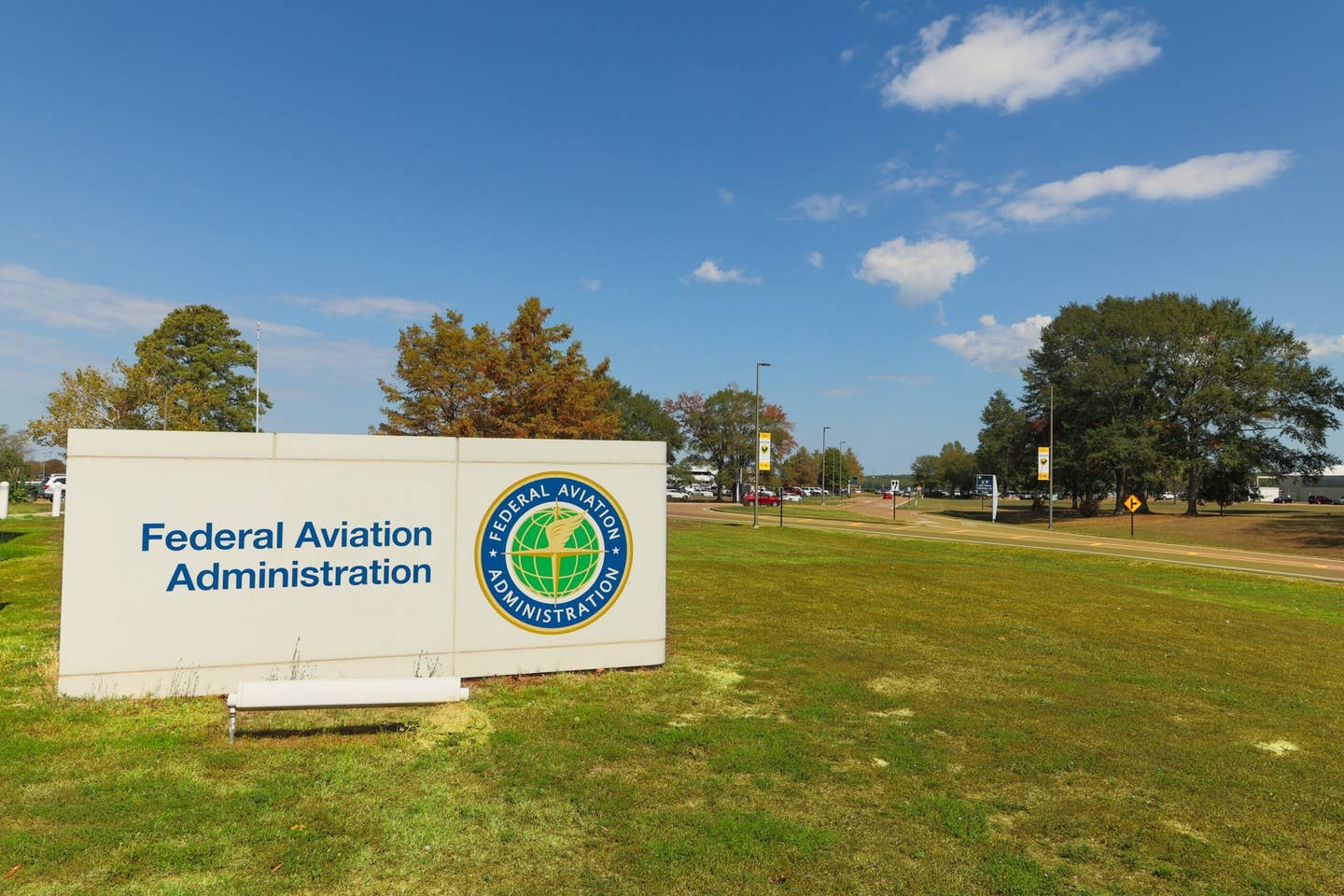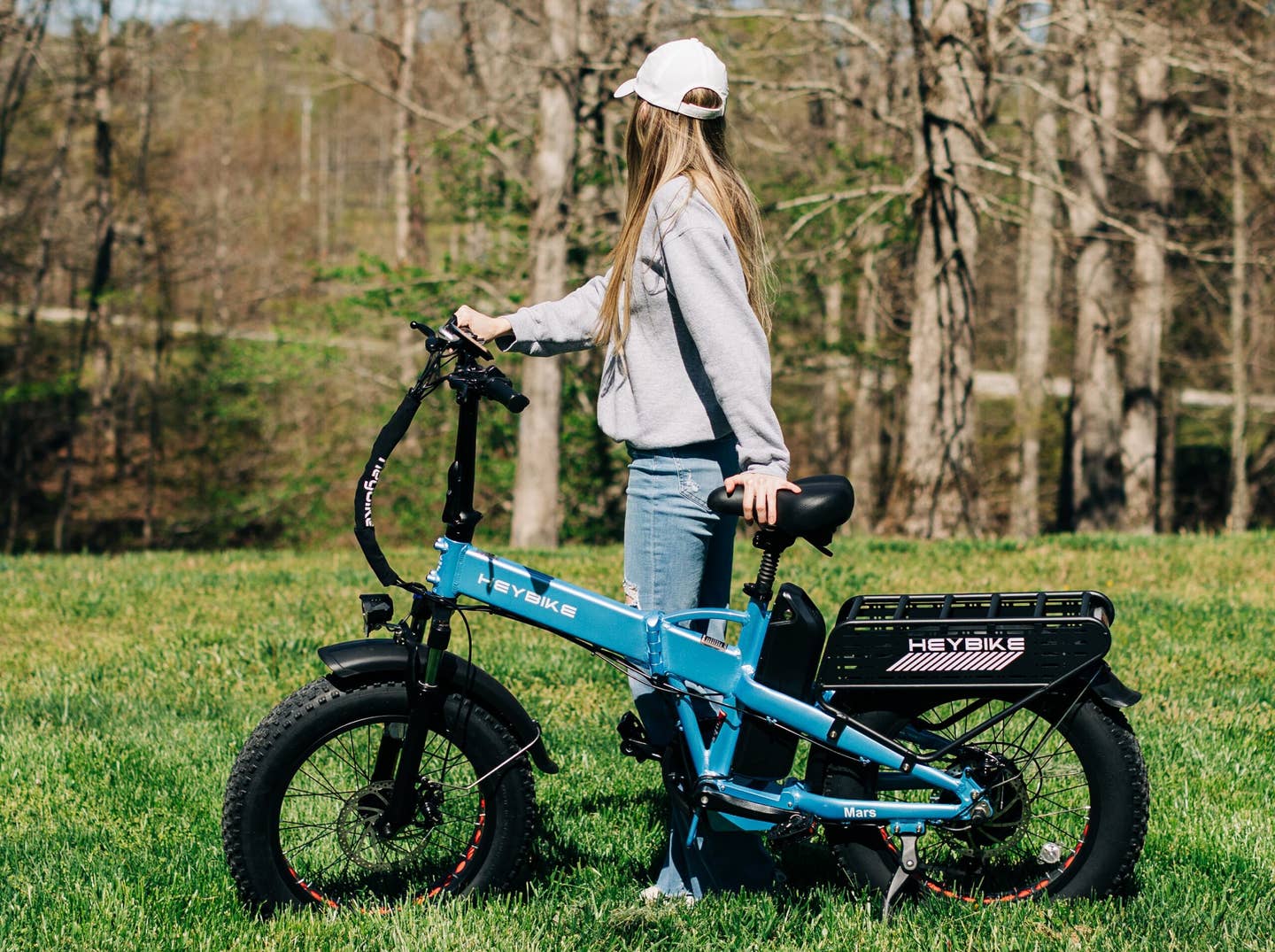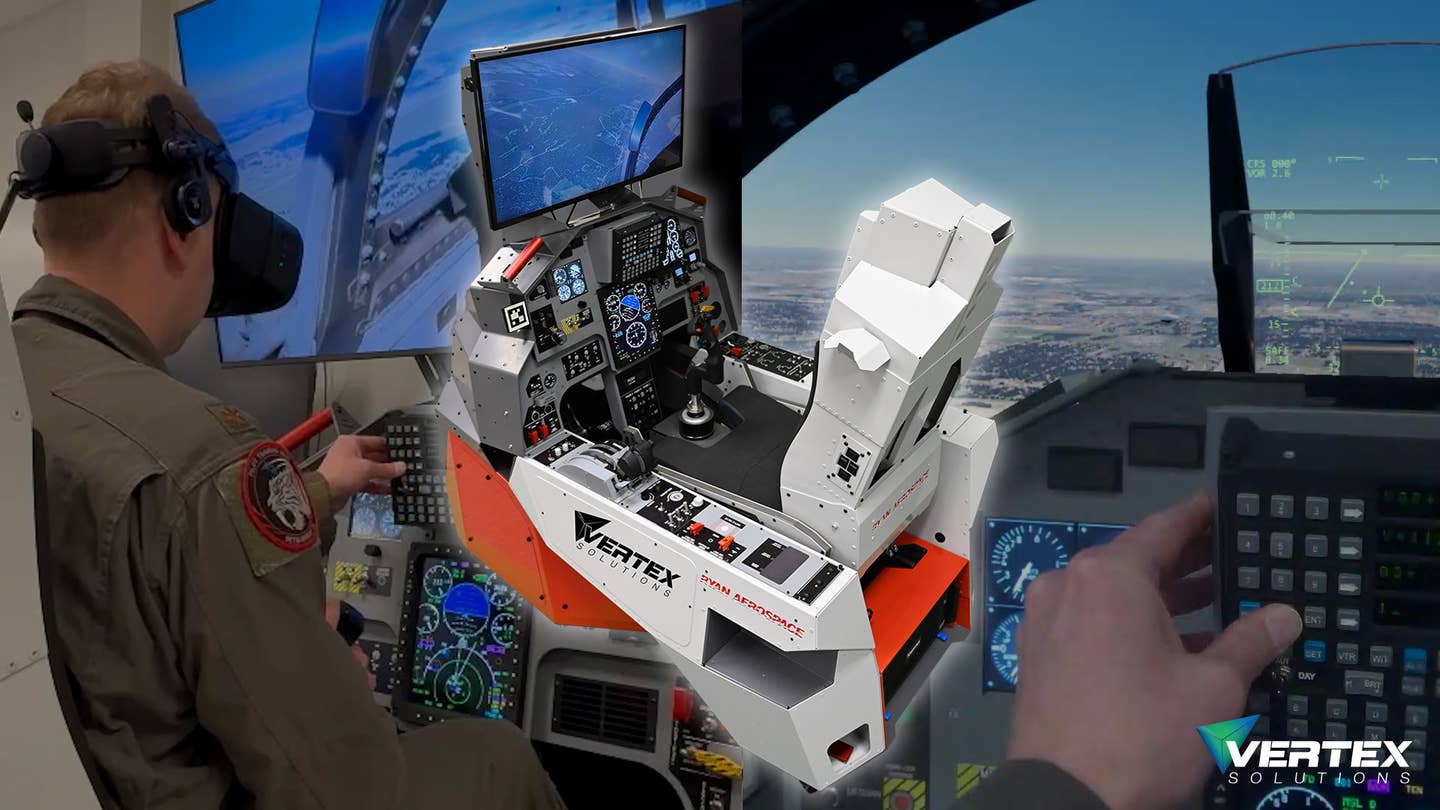FAA Levies More Than $300K in Fines Against Drone Pilots
Drone operators who violate federal drone regulations can face fines up to $75,000 per violation or have their license revoked or suspended.

With a few exceptions, the FAA requires most drone operators to possess a Part 107 remote pilot certificate. [Courtesy: iStock]
The FAA is taking aim at drone pilots who don’t respect the rules of the sky.
The agency last week said that between October 2022 and June 2024, it levied $341,413 in civil penalties against 27 operators who violated federal drone regulations, with the largest monetary fines numbering in the tens of thousands.
Under the FAA Reauthorization Act of 2024, which President Joe Biden signed into law in March, drone pilots who fly unsafely or without authorization face penalties up to $75,000 per violation. The agency can also revoke or suspend pilot permissions.
“Violating the drone regulations puts lives at risk in the air and on the ground,” said FAA Administrator Mike Whitaker. “Flying a small drone means you are flying an aircraft, and unsafe behavior will cost you.”
The FAA requires most drone pilots to own a valid Part 107 remote pilot certificate with a few exceptions, mainly for recreational users who are flying for fun or personal enjoyment. Some operational restrictions can be lifted via waiver, but pilots by and large must stick to the rules for recreational or certificated operators. People who fly for commercial or government customers, for example, would fall under the latter category.
According to the FAA, as of August, there are more than 785,000 registered drones in the U.S. Of those, about half are recreational and half are commercial models. There are also more than 405,000 certified Part 107 remote pilots. Those figures have risen sharply in recent years, forcing the FAA to implement provisions such as the remote identification rule, which assigns all registered drones a digital license plate.
Still, a few violators have slipped through the cracks.
According to the FAA, one person was fined $32,700 for interfering with a police operation in Wesley Chapel, Florida.
“The drone operator flew so close to a Pasco County Sheriff’s Office helicopter that the pilot had to stop the search for a burglary suspect to prevent a midair collision,” the agency said.
The pilot did not have Part 107 permissions, operated at night without anti-collision lights, and flew above 400 feet—the altitude limit for drones in uncontrolled airspace, which can only be lifted with a waiver.
Several of the incidents occurred during or around major sporting events.
During a 2022 Formula 1 auto racing event in Miami, for example, an uncertificated pilot operated an unregistered drone in Class D airspace, ignored a temporary flight restriction (TFR), and flew beyond the visual line of sight (BVLOS), meaning they could not physically see the drone. BVLOS flights are unauthorized without an exemption from the FAA.
American lawmakers and professional sports leagues, such as the NFL, have reported increasing numbers of drone-related incidents at venues during both regular-season and playoff games. To mitigate this, the FAA prohibits drones that fly at or below 3,000 feet agl within 3 nm of any stadium that seats 30,000 or more, including one hour before and after games, which is the temporary flight restriction created for stadiums and other large venues following 9/11.
But the NFL, for example, had nearly twice as many incursions during the 2022 season as it did the season prior.
One man—who flew an unauthorized drone over Paul Brown Stadium (now Paycor Stadium), home to the Cincinnati Bengals, during a January 2022 playoff game between the Bengals and Oakland (now Las Vegas) Raiders—was hit with $7,760 in FAA penalties. The pilot, who did not have Part 107 permissions, flew over the crowd at night and BVLOS within a TFR.
Two other operators were fined $16,000 and $4,000 for flying within a TFR during 2022’s Super Bowl LVI at SoFi Stadium in Inglewood, California. The pilots flew in Class B airspace without authorization, and neither possessed a remote pilot certificate. The FAA implemented a similar TFR around Allegiant Stadium in Las Vegas for Super Bowl LVIII this past February.
As more drones enter U.S. airspace, the odds of an accident or collision rise, as does the chance of misuse. The FAA encourages bystanders to report unsafe or unauthorized drone flights to their local Flight Standards District Office.
Like this story? We think you'll also like the Future of FLYING newsletter sent every Thursday afternoon. Sign up now.

Sign-up for newsletters & special offers!
Get the latest FLYING stories & special offers delivered directly to your inbox






